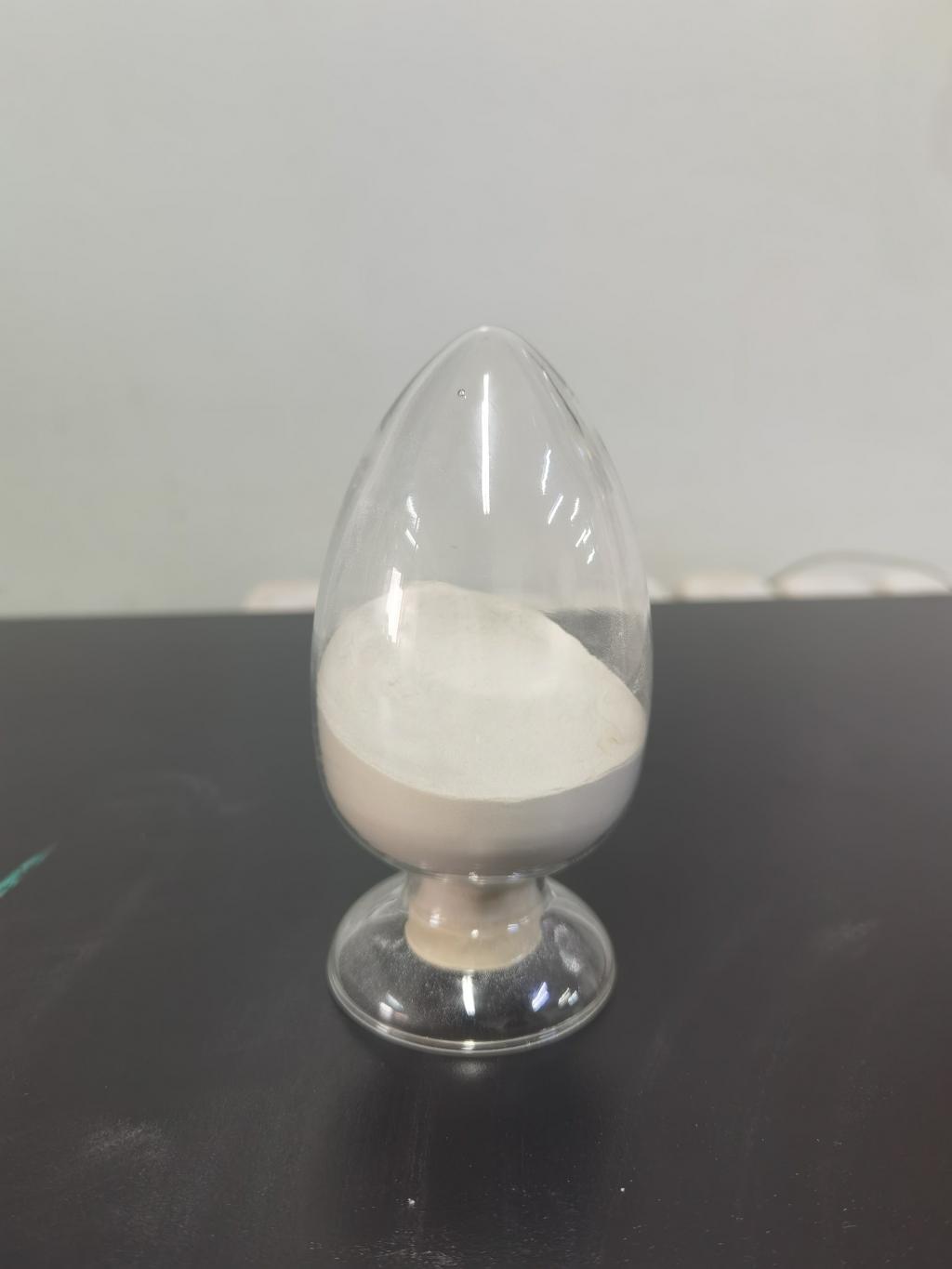Tel:0086 18231198596

News
Nisin can be found in many processed foods and dairy products.
TIME:2023-10-24
Introduction:
In the ever-evolving landscape of food preservation and safety, the quest for natural, effective, and safe preservatives has led to the discovery and utilization of nisin, a remarkable antimicrobial peptide. Nisin is derived from the bacteria Lactococcus lactis and has made its way into the food industry as a versatile and eco-friendly preservative. This article aims to delve into the various aspects of nisin, from its origins to its applications in processed foods and dairy products, and its potential health implications.
The Origins of Nisin:
Nisin was first discovered in 1928 by Dr. Elmer Kline, an American microbiologist. It was initially isolated from Lactococcus lactis, a bacterium commonly found in dairy products. Nisin's discovery marked a turning point in the field of food preservation, as it introduced a new era of natural, safe, and effective preservatives. Unlike many chemical preservatives that were in use at the time, nisin was derived from a natural source and posed fewer risks to human health.
Mechanism of Action:
Nisin's effectiveness as a preservative lies in its unique mechanism of action. It targets a broad spectrum of Gram-positive bacteria, including harmful pathogens such as Listeria and Staphylococcus. Nisin exerts its antimicrobial activity by disrupting the cell membranes of these bacteria. This disruption leads to the leakage of cellular contents and ultimately the death of the bacterial cell.
Nisin's selective targeting of Gram-positive bacteria is advantageous in food preservation, as many spoilage and pathogenic microorganisms fall into this category. This selectivity minimizes the impact on beneficial bacteria, such as lactic acid bacteria, which are essential for the fermentation of various dairy products.
Applications in Processed Foods:
Nisin's effectiveness in inhibiting the growth of spoilage and pathogenic bacteria has made it a valuable addition to a wide range of processed foods. From canned vegetables to meat products, nisin has found its way into various food items. Its application in processed foods not only extends shelf life but also enhances food safety.
In canned vegetables, for instance, nisin helps prevent the growth of Clostridium botulinum, a bacterium responsible for the production of the deadly botulinum toxin. The addition of nisin in canned vegetables is a crucial safety measure that ensures the absence of harmful bacteria, even in long-term storage.
In meat products, nisin helps maintain freshness and safety by inhibiting the growth of pathogens like Listeria monocytogenes and Staphylococcus aureus. This is especially important in ready-to-eat meat products, which are susceptible to bacterial contamination during processing and packaging.
Role in Dairy Products:
Nisin's association with dairy products goes back to its discovery. It is naturally produced by Lactococcus lactis, a bacterium extensively used in the dairy industry for the fermentation of products like cheese and yogurt. Nisin's role in dairy products is twofold.
First, it acts as a natural preservative in cheese, helping to extend shelf life and prevent spoilage. In cheese production, nisin can be added as a purified form to ensure consistent and controlled levels. Its antimicrobial activity inhibits the growth of unwanted bacteria and molds, preserving the quality of the cheese.
Second, nisin plays a crucial role in yogurt production. During the fermentation of yogurt, the presence of nisin-producing Lactococcus lactis strains helps to ensure the safety of the final product. The selective antimicrobial action of nisin targets harmful bacteria while allowing beneficial lactic acid bacteria to thrive, contributing to the characteristic texture and flavor of yogurt.
Regulatory Aspects:
The use of nisin in processed foods and dairy products is subject to strict regulatory oversight in many countries. Regulatory agencies, such as the U.S. Food and Drug Administration (FDA) and the European Food Safety Authority (EFSA), have established guidelines for its use.
These guidelines dictate the acceptable levels of nisin in different food categories and ensure that its usage remains safe for consumers. Regulatory agencies also monitor nisin production processes to guarantee purity and quality.
Potential Health Implications:
While nisin is generally recognized as safe (GRAS) when used within regulatory limits, some studies have explored potential health implications, particularly when nisin is consumed in excess. Excessive consumption of nisin may disrupt the balance of the gut microbiome, as it can also inhibit beneficial Gram-positive bacteria. Further research is needed to determine the extent of this effect and its clinical significance.
Additionally, there is ongoing research into the potential development of nisin-resistant bacteria. While resistance to nisin is relatively rare due to its unique mechanism of action, vigilance is necessary to monitor any emerging resistance in bacterial populations.
Conclusion:
Nisin, a naturally occurring antimicrobial peptide, has made significant inroads into the processed foods and dairy products industries as a potent and natural preservative. Its selective targeting of harmful bacteria, combined with its origins in Lactococcus lactis, has made it a valuable tool in extending shelf life and ensuring food safety.
With continued research and regulatory oversight, nisin is likely to remain a prominent player in the field of food preservation. While some concerns exist regarding its potential health implications, responsible and controlled usage can harness the benefits of this remarkable natural preservative while minimizing risks.
As consumers increasingly seek natural and sustainable food options, nisin's role in processed foods and dairy products highlights the industry's ongoing commitment to safe and eco-friendly preservation methods.

 CONTACT
CONTACT




